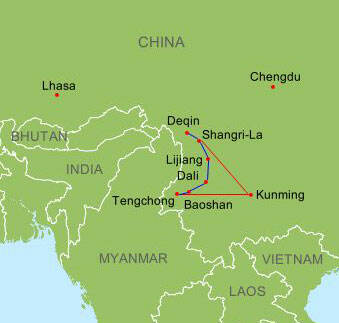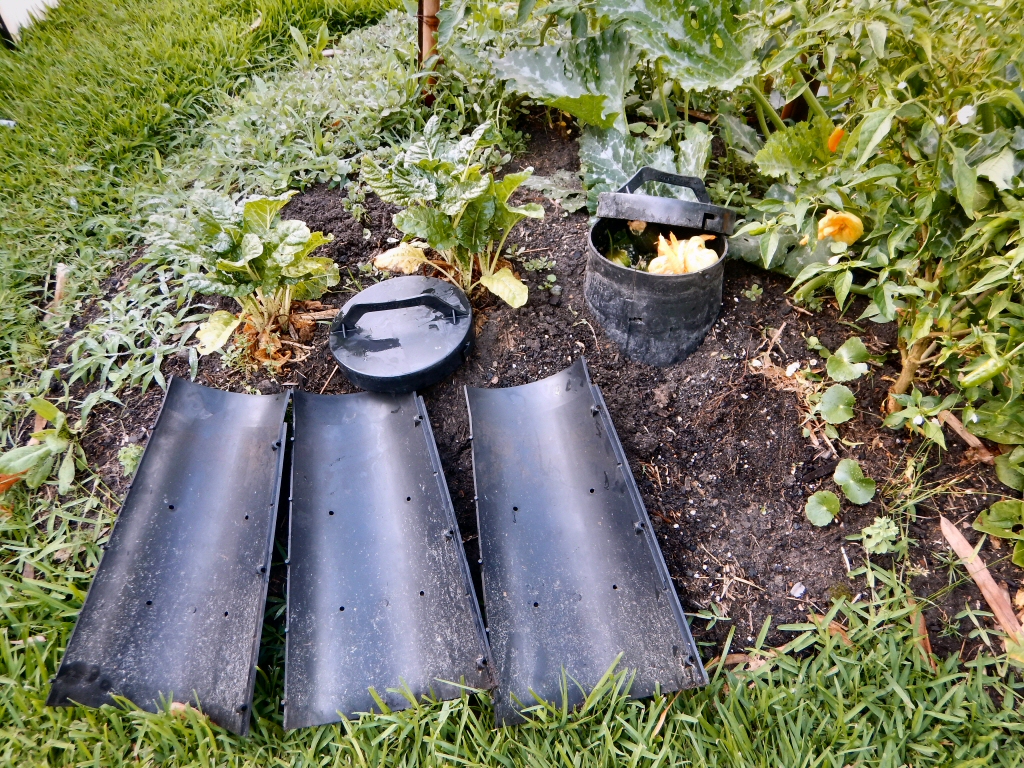In the footsteps of the plant hunters in China
I know this is not about Australian plants, but for anyone who appreciates seeing flowers and plants in their wild environment, I think you will appreciate this trip as something of a botanical odyssey. I had the very good fortune of being asked to lead a tour of the Yunnan region of China this year to look at the many wild botanical treasures as well as take in the unique cultures of the various minority ethnic groups that bring extraordinary colour and character to this amazing part of China.
Many of the popular exotic plants in our gardens come from this region. Think of azaleas, rhododendrons, roses, magnolias, michelias, primulas and many other familiar garden favourites. So the object of the tour was to put ourselves in the shoes of early plant hunters like George Forrest, Joseph Rock and Frank Kingdon-Ward who collected seed and cuttings of innumerable species to be sent back to Europe to then be distributed around the horticultural world where they had an indelible and enduring impact on our gardens.
We started our tour with a visit to tea plantations near Tengchong, close to the border with Myanmar (Burma). It was fascinating to see the tea plant Camellia sinensis, being grown in a misty mountain setting near where it grows in the wild. I finally understand the process of tea production. As I now understand it the difference between black and green tea lies in the oxidation level of the processed tea leaves. Green tea is produced by less exposure to air whilst black tea is the opposite, but all the raw leaves and shoot tips come from the same plant. We were introduced to a local way of drinking green tea where dried rice was charred in a billy beside an open fire, then brewed green tea was poured over the rice, causing a popping sound that was explained to us as “thunder tea”. The taste was unique, and it was one of many fascinating cultural experiences we had on our tour.
The botanical highlights of the tour were our bushwalks into the mountains around Lijiang, Dali, Shangri-La and Dequen, with the latter being in the area adjacent to Tibet. Rhododendron and azaleas were undoubtedly the stars of the show with a seemingly endless variety of species as you ascend the mountains. Every so often we would come across fragrant beauties such as species roses, deutzias, jasmines, magnolias and lilacs.
In Ground Worm Farms
It’s no secret that I love what worms can do for us gardeners. Like Charles Darwin, I appreciate the effect that a mass of small but powerful living creatures can have on building a healthy soil. Darwin’s last book was about worms, and outsold his more famous On The Origin of Species in his day, and he helped to change the idea that worms were pests into the fact that worms are soil heroes.
Free standing worm farms are a great way to begin your own love affair with worms. The fact that you can use what a lot of people throw into the bin to create one of my favourite free fertilisers with so little effort is wonderful, and helps towards a more sustainable future. I have found a new and creative way to bring the benefits of worms to gardens, in the form of worm farms that are dug into the soil. They are especially useful in vegetable gardens. There are several benefits of these little beauties-
- they are kept cool in the heat of summer- no more cooked worms
- they deliver nutrients and beneficial bacteria straight to the plant roots
- unobtrusive
- easy to use, easy to move to new areas to bring wormy goodness
Read more about In Ground Worm Farms here >>>>
My shop has a range of worm goodies to buy, including The Worm Feast, an Australian made in ground worm farm disguised as a dalek. With spring fast approaching, this is a great time to bring the best to your soil. To encourage this, we have put all the worm and composting products on special, so buy now >>>>
Don’t forget Fathers Day
For the garden loving dad, we have your gift giving sorted at my shop. Would he like kangaroo paws? Maybe one of my books about native plants or propagating? A worm farm? Or my favourite, a Tube-O-Worms, with one or two thousand wriggling little bundles of joy.


